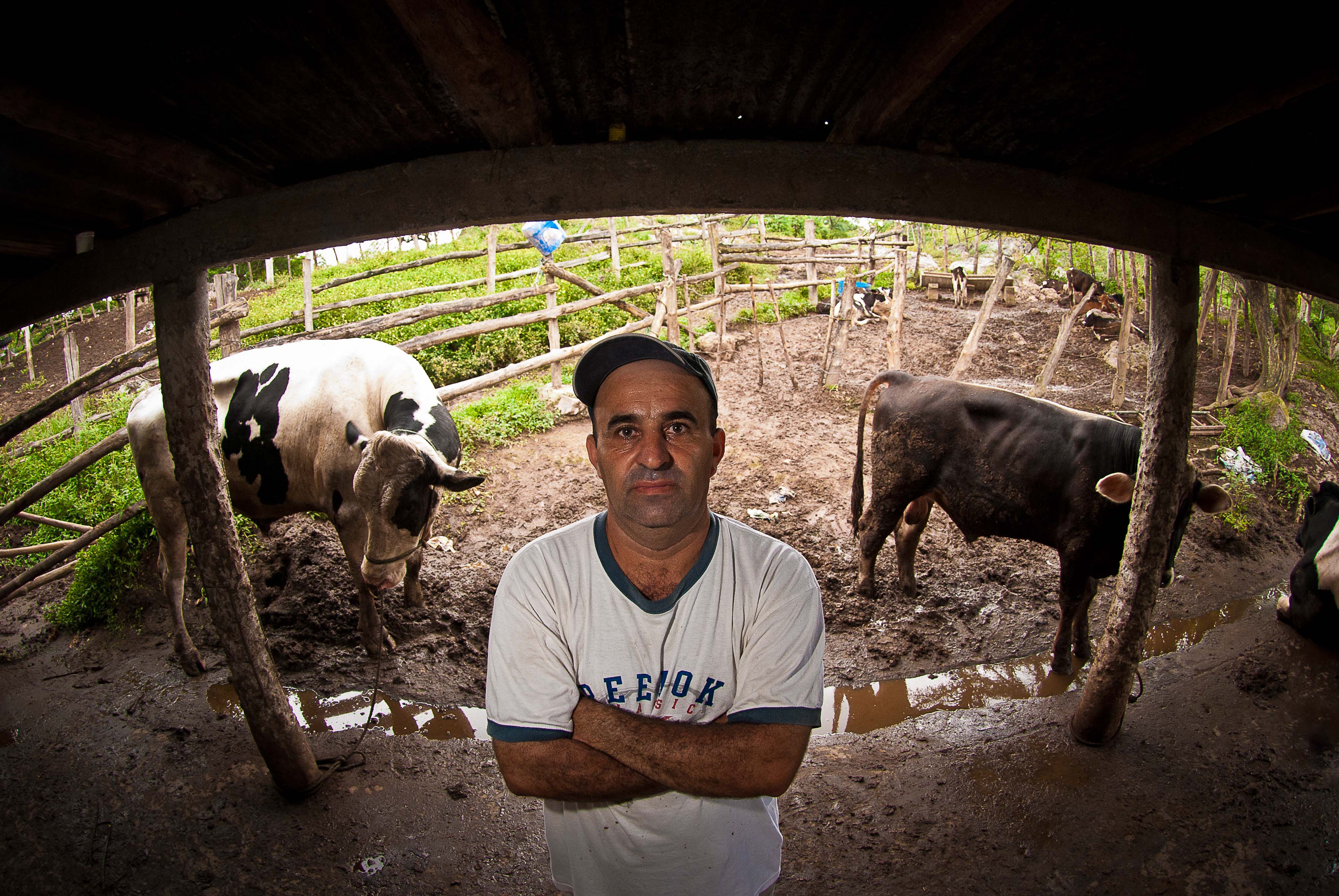
Farmer cooperatives, particularly in the dairy industry, form a very important and successful part of American agriculture. The model gives small farmers the benefits of professional storage facilities, processing equipment and reliable demand for their products that would be out of reach if they had to work on their own.
The cooperative model is a risky and challenging approach that requires a lot more effort than working with private enterprises. Members need to build trust and agree on roles, responsibilities, decision-making authority, and other difficult issues—but the results can be transformational for an entire community if it is done well.
MCC set out to make the same model work in El Salvador through the $71.8 million Productive Development Project, implemented from 2007 to 2012. The project worked with one new and two existing farmer co-ops in the dairy and horticulture fields as a way to contribute to rural economic development—but with mixed results.
The most challenging issue facing all three co-ops in El Salvador was obtaining loans to support ongoing operations as the end of the compact approached. Each co-op attempted to resolve the issue in a different way:
- The existing but failed dairy co-op owned a plant and equipment from a previous project, so its strategy was to approach commercial banks and attempt to secure financing using the equipment as collateral. The organization secured financing but ultimately failed for business reasons.
- The other existing dairy co-op had the advantage of being part of the Salvadoran government’s school milk program, guaranteeing a steady demand for fresh milk and timely payments. The risk, of course, was that a change in government or a significant reduction in the government’s support for the school milk program could put them out of business. Their main solution was to diversify their market for milk and look for a second large firm to buy fresh milk.
- The most perplexing challenge was with the start-up horticulture co-op, which had a lot going for it: It was well-managed, had firm supply deals with well-established retail supermarket chains and seemed to have loyal members dedicated to the “cooperative ideal.” The problem was that payment from the retailers was often delayed, causing severe cash flow problems. The co-op had very few assets to use as collateral, so bank financing was a challenge. Eventually, it managed to secure some loans, but at a high interest rate, and was attempting to raise funding internally from members.
The experiences with these three agricultural cooperatives in El Salvador presented an important lesson: The ability to access finance is paramount to sustainability and needed to be addressed at the start of the project. We must consider that once a co-op is organized (or resurrected) with a solid business model, good management, a competitive product mix, and plenty of capital at its creation, it will likely still need additional access to financing. In this project, access to working capital was the key stumbling block for steady growth among the three Salvadoran agricultural co-ops.
Have you had any experiences setting up agricultural co-ops as part of development projects? How have other projects addressed challenges around finance?

